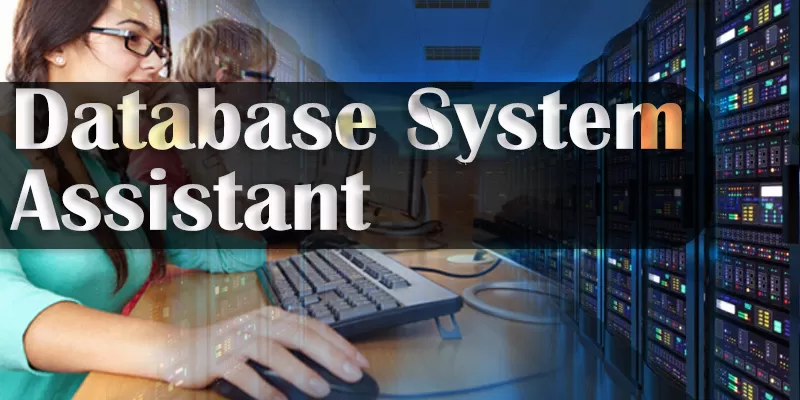
The ITI Database System Assistant trade is approved by NCVT (National Council for Vocational Training) and is a highly job-oriented course. This trade equips candidates with essential skills suitable for both government and private sector jobs, and empowers them for self-employment opportunities. The course is thoughtfully designed to meet the growing demands of both Indian and international industries, ensuring candidates are industry-ready.
About the Trade
The Database System Assistant is trained to install operating systems and related application software. They are skilled in configuring network connections and accessing the internet securely. The course also covers data handling and spreadsheet management, where candidates create, format, and edit worksheets using Microsoft Excel. Additionally, they develop and manage databases using Microsoft Access, and design web pages with HTML/PHP.
The course provides hands-on experience in installing and configuring MySQL databases, implementing XML data, and integrating it with SQL Server. Candidates also learn to design and develop online database systems using open-source software tools. A critical part of the curriculum focuses on securing database systems through information security best practices, addressing security threats, vulnerabilities, and risk management strategies.
Scope of Employability
Upon successful completion of the course, candidates have diverse employment opportunities. They can seek self-employment, work on a contractual basis, or secure positions in industrial jobs. Graduates are qualified for roles such as:
- Database Administrator
- Junior Data Associate
- Web Database Developer
- Data Entry/Processing Operator
- IT Support Assistant (Database Systems)
This trade opens up pathways for a rewarding career in the IT and Database Management sectors, contributing to digital initiatives and business data solutions across various industries.
Trade Summary: Database System Assistant
- Demonstrate and identify various components of a computer system; practice document creation and formatting using Microsoft Word.
- Familiarize with different Operating Systems and practice using system applications effectively.
- Install Operating Systems along with essential application software.
- Configure network connections and practice safe and efficient Internet browsing.
- Create, format, and edit worksheets using Microsoft Excel for data analysis and management.
- Design and create customized database files using Microsoft Access.
- Develop and design web pages using HTML for basic website structures.
- Develop dynamic web pages using PHP for interactive web applications.
- Install and configure MySQL; practice MySQL syntax for effective database design and management.
- Create tables and manipulate data using SQL query language.
- Retrieve and manage data using SELECT queries; perform database maintenance.
- Conduct database transactions using SQL programming for data integrity.
- Implement XML data structures and integrate them within SQL Server databases.
- Design and develop online database systems using open-source software tools.
- Apply Information Security practices to secure database systems, addressing security threats, vulnerabilities, and risk management.
- Implement database backup and restore procedures for data protection.
- Manage database security through the creation of roles, permissions, and functions for users.
- Configure and manage Web Servers and utilize Reporting Services tools for data reporting and analysis.
- Participate in revision sessions, undertake project work, and appear for the final examination.
